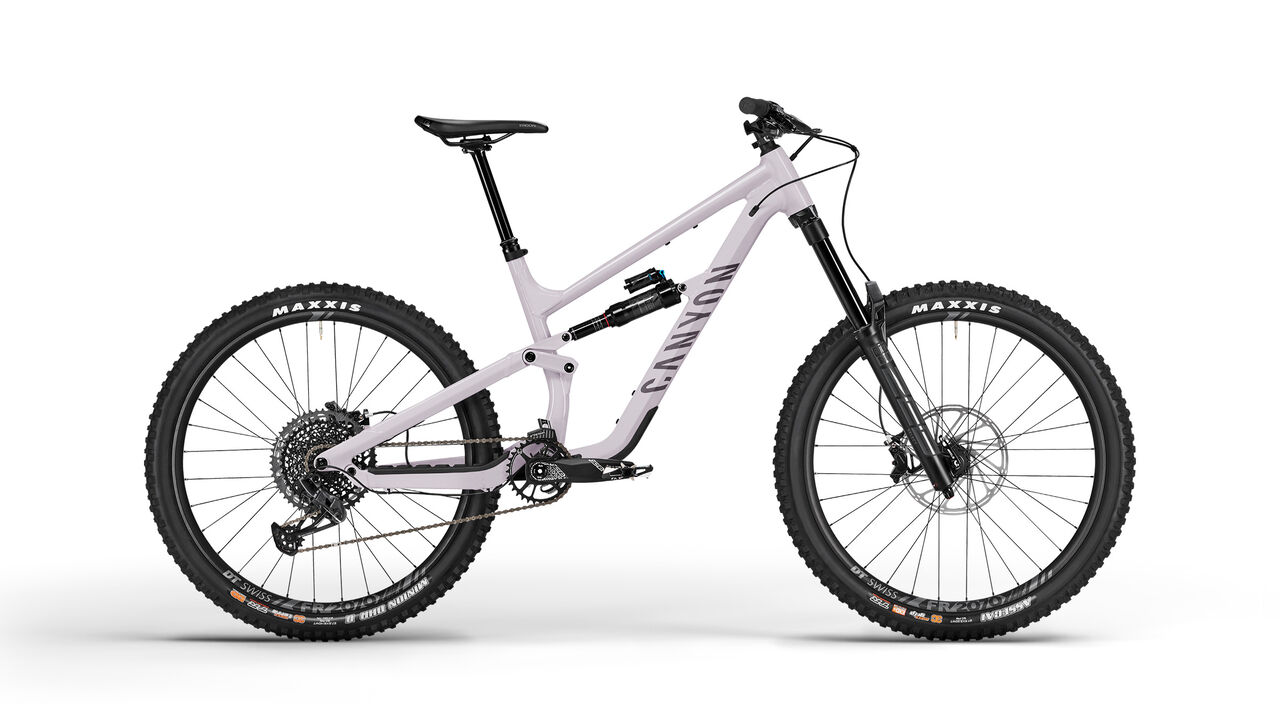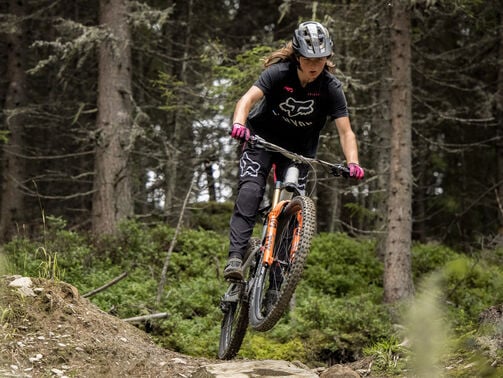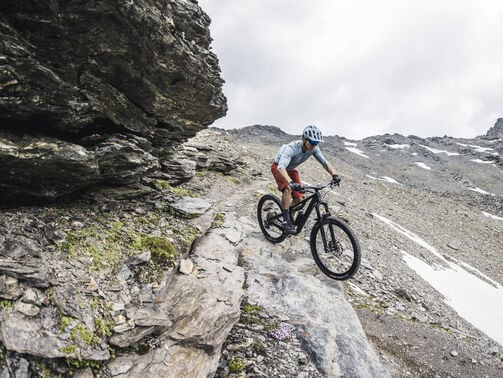Downhill Mountain Bike Buyer’s Guide
Downhill MTBs are pure gravity machines. Find out which is best for you in our guide.

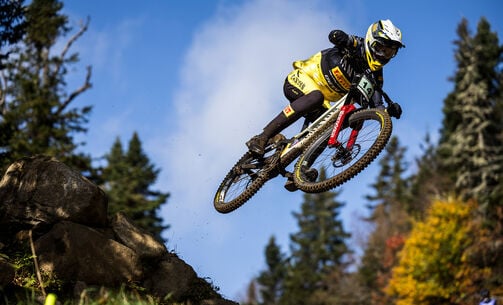
If smashing the most demanding technical descents and sending it down bike park jump lines is your kind of riding, you’re probably wondering which downhill bike to buy.
In this guide we go over the need-to-knows for buying your first downhill mountain bike, answering what a downhill bike actually is, how much they cost, are they worth it, what size downhill bike you need and all the gear to go with it.
Contents
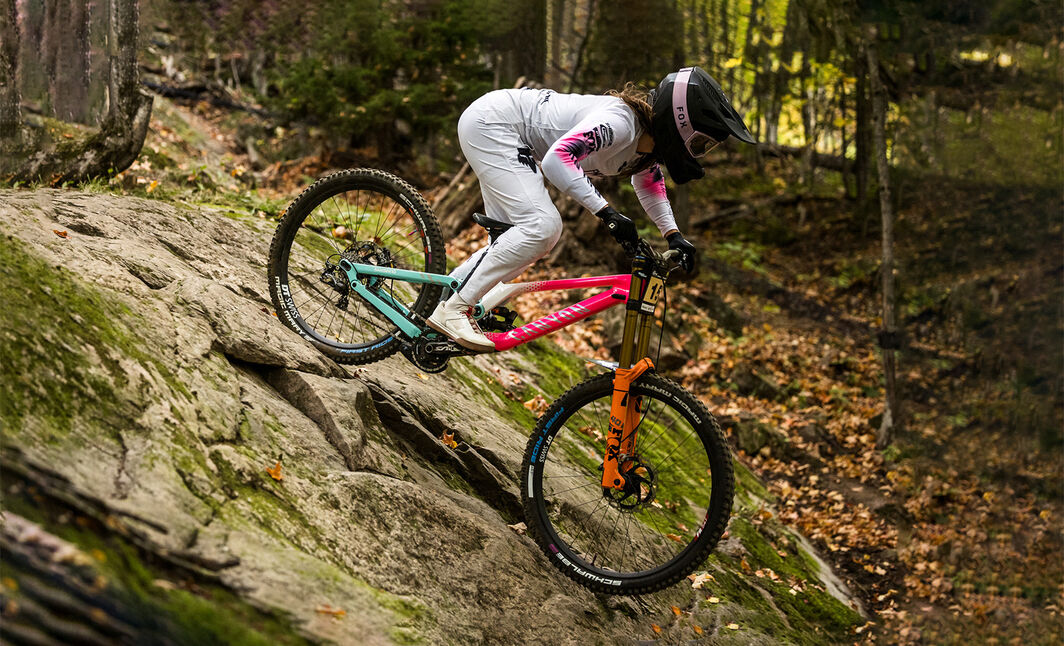
What is a downhill mountain bike?
A downhill bike is a heavy duty full-suspension mountain bike built with the toughest components for racing the steepest, most aggressive descents at extreme speed.
They’re top of the food chain in the mountain bike categories and similar in geometry to the enduro bike but with much more gnar.
The long wheelbase, huge suspension (upto 200 mm) and super slack angles of a downhill bike gives the rider complete stability and confidence to eat up the gnarliest drops, jumps, rocks and gaps in the trail, and 27.5, 29 inch and mullet wheelsizes to provide the perfect blend of stability and manoeuvrability when descending hard.
Should I buy a downhill bike?
If you want to mix up throwing yourself downhill with any other type of riding, like a big mountain adventure ride, or hitting the trails in the woods with your mates, you’ll be sorely disappointed (and knackered) with a downhill bike.
But if full gravity downhill with big jumps, steep drops and rocks is more your thing, you’ll love sending it like Tahnee Seagrave on a downhill rig.
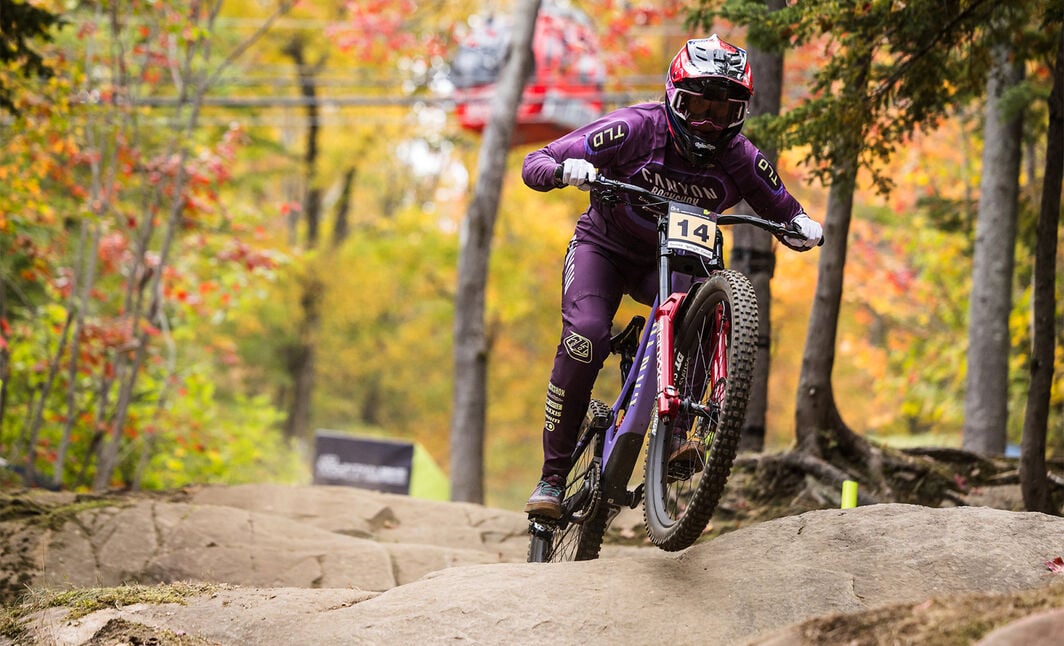
Can you pedal a downhill bike uphill?
The clue’s in the name if you’re wondering what a downhill bike is used for. They’re designed purely for one sole purpose, and they do it really well – descending, fast.
Because the geometry, weight and components of a downhill bike are all tailored for going seriously fast downhill, they’re not great at much else – especially climbing – but that doesn’t matter, just push your bike up or jump on the uplift to be dropped at the start of the trail.
Basically, if smashing the descents is really all you’re interested in, then yes, it’s definitely worth buying a downhill bike.
What size downhill bike do I need?
Getting the right size bike is really important, especially in downhill.
The most important thing to size up is the frame, for optimum reach and standover height. Due to a number of reasons, bike sizes vary with different manufacturers. At Canyon all of our bikes are sized separately, and our unique system differs from the traditional models based on seat tube length.
To find your Canyon size, find your perfect downhill bike on the site and enter your measurements into the size tool.
Why are downhill bikes so expensive?
It might have come as a shock the first time you looked up how much a downhill mountain bike costs. But the reason downhill bikes – and all full suspension mountain bikes – are so expensive is because of the high-quality materials, components, technology and workmanship that goes into building them.
Downhill bikes take the biggest battering of all the mountain bike categories, so they need to be absolutely bomb proof. That means they need the toughest, most durable downhill-specific tech, materials and components with next-level engineering for a stable ride at speed.
Many downhill bikes, including the Canyon Sender have adjustable geometry too for riders between frame sizes. Quality and cutting-edge tech definitely comes at a price, but it pays in the riding experience and it’s definitely built to last.
Our two-year warranty and six-year guarantee on any new Canyon mountain bike will see to that.
What gear do I need for downhill mountain biking?
It goes without saying that you’ll need a full face helmet for downhill mountain biking, as well as breathable goggles to protect your eyes, decent gloves for grip, and knee and elbow pads as a minimum armour for body protection to cushion any bails.
As well as the essential protective gear, if you want to be comfortable riding on rough terrain in all weathers, you’ll want decent fast-drying, technical and comfortable MTB clothing like this Signature Pro MTB Gravity Bundle.
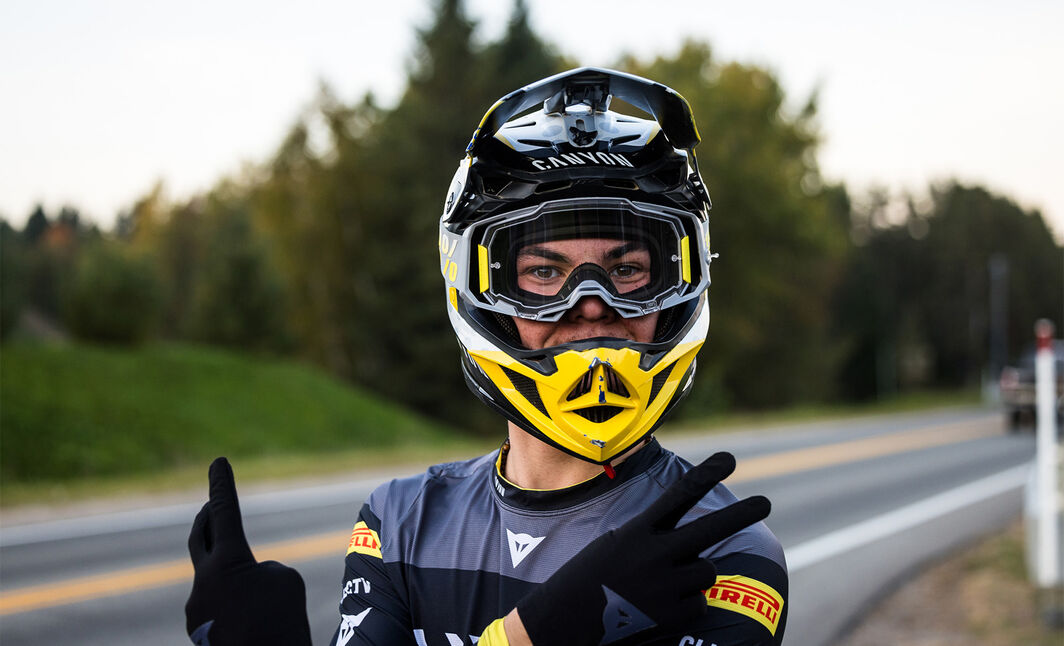
Which downhill bike to buy?
If you’ve read this far your next question is probably where to buy a downhill bike. Here’s our best aluminium and carbon downhill bikes, from the lightest, fastest race machine to the do-it-all gravity bike.
The Sender CFR is a pro team bike with outstanding adjustability, race-refined kinematics and 60% less pedal kickback. Re-engineered using athlete data for improved performance and durability, this brand new carbon frame is faster, more responsive, and 600g lighter.
Downhill, bike park, enduro - the Torque is Canyon’s do-it-all gravity bike. This is a downhill bike that needs no chairlift, with 180mm front travel, poppy geometry and your choice of 27.5 or mullet wheelsizes.
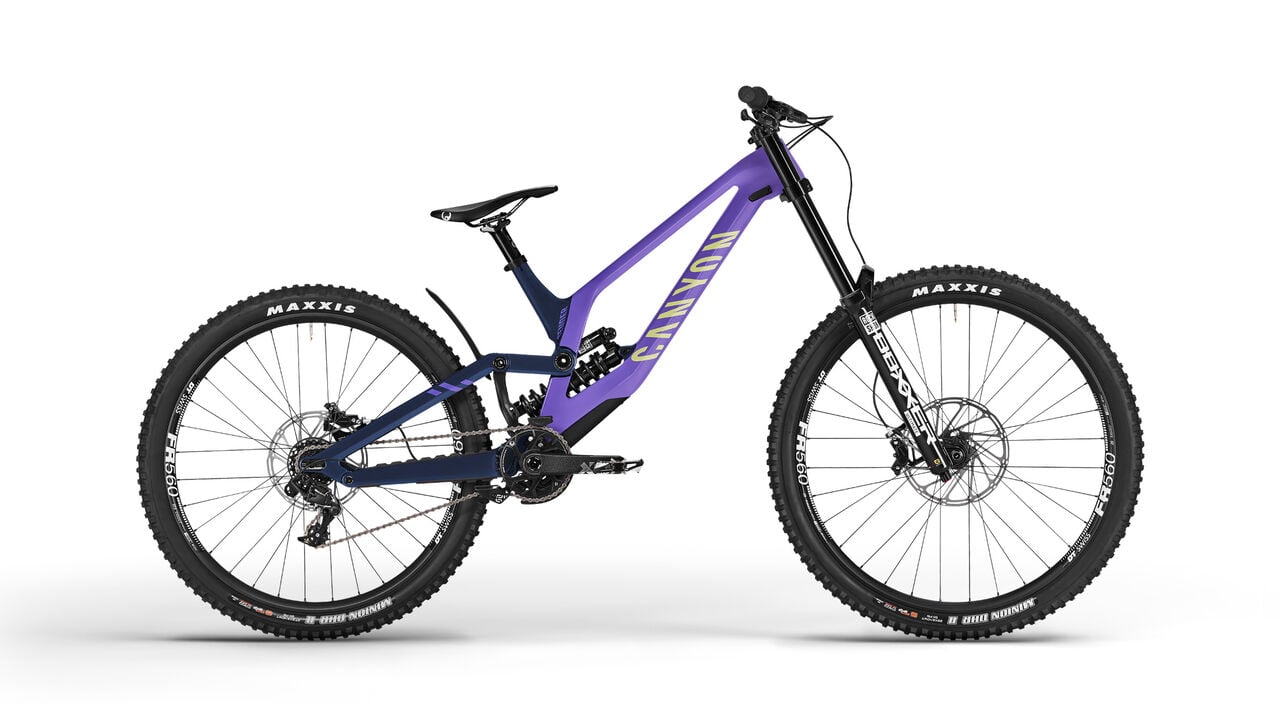
Canyon Downhill Bikes
Did this article help?
Thank you for your feedback
